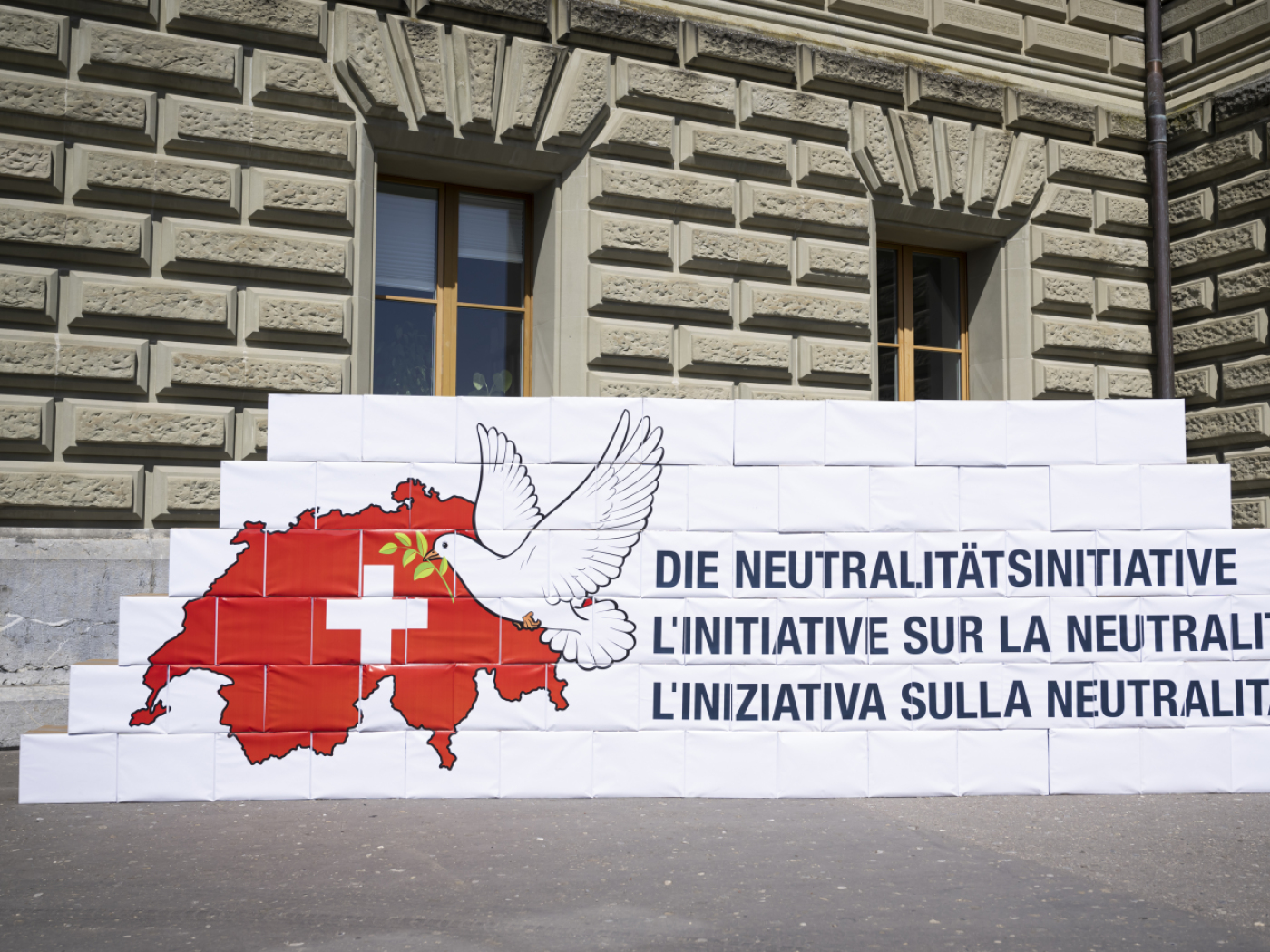
Big break for “bone factory”

Researchers at Basel University and Vanderbilt University in Nashville have developed a "bone factory" to deal with serious fractures and bone diseases.
In experiments on rabbits, new bone was grown next to old bone, a method which could prevent rejection after transplants.
The findings of the two universities are due to be published next week by the scientific magazine, Proceedings of the National Academy of Sciences.
“We have shown that we can grow predictable volumes of bone on demand – and we did so by persuading the body to do what it already knows how to do,” said lead researcher Prasad Shastri, from Vanderbilt University.
Dirk Schäfer, head of orthopaedics and endoprosthetics (joint replacement) at Basel University, was part of the research team before he died in October.
Bone selector
Scientists created a space around the rabbits’ healthy tibia – in humans the inner and larger of the two bones of the lower leg, extending from the knee to the ankle.
Researchers created this space, which they called a “bioreactor”, by pumping a saline solution into the gap between the periosteum – a thin outer layer which covers bones – and the bone itself.
The water was then replaced with a calcium gel, which triggers bone growth. Within six weeks the space had filled with bone.
The new bone tissue, which had the same properties as normally grown bone, was then removed before it fused with the old bone. This was then transferred to other rabbits’ tibia which had been snapped.
Analysis showed that the replacement bone fused perfectly with the damaged bone, without any signs of rejection.
Further benefits
The technique therefore uses the body’s own natural wound-healing response, which allows broken and fractured bones to knit together by creating a space around the healthy bone and encouraging growth.
The team said the technique could lead to replacement bone being grown and frozen to help treat degenerative bone disease.
Replacement bone is required in cases of serious fractures or diseases such as cancer, when bone is destroyed.
Gary Keenan, a consultant trauma and orthopaedic surgeon at Edinburgh’s Royal Infirmary, told BBC Online that the results were “interesting” but were unlikely to transform surgery as they did not have tangible benefits over modern techniques.
“You also have to remember animal bones are very different from human ones,” he said.
Researchers in Switzerland and America said the current technique, which generally involves breaking bone from the rib or hip, can be very painful. They hope the new technique will lessen the pain for patients.
The same method also resulted in the creation of cartilage, and the team at Basel University has not ruled out the production of other tissues, such as that of the liver.
swissinfo with agencies
By injecting a saline solution between the bone and a thin outer layer of the bone, scientists created a space which they filled with calcium gel, which triggers bone growth. Within six weeks the space had filled with new bone.
The current technique for dealing with serious fractures or bone diseases involves breaking bone from the rib or hip and can be very painful. There is also the risk of rejection after a transplant.
Cartilage has also been created in the same way. In future other tissues such as liver tissue could be produced.

In compliance with the JTI standards
More: SWI swissinfo.ch certified by the Journalism Trust Initiative









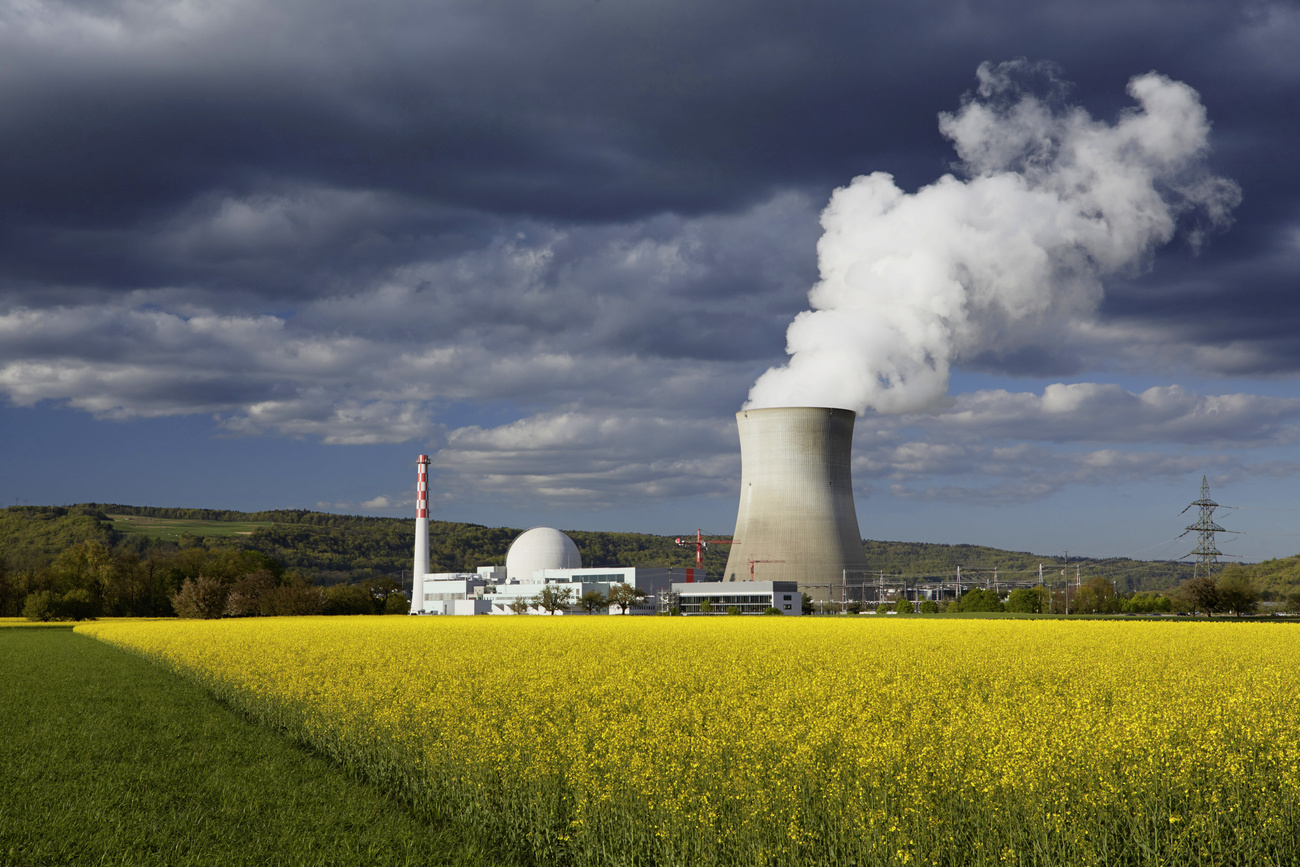
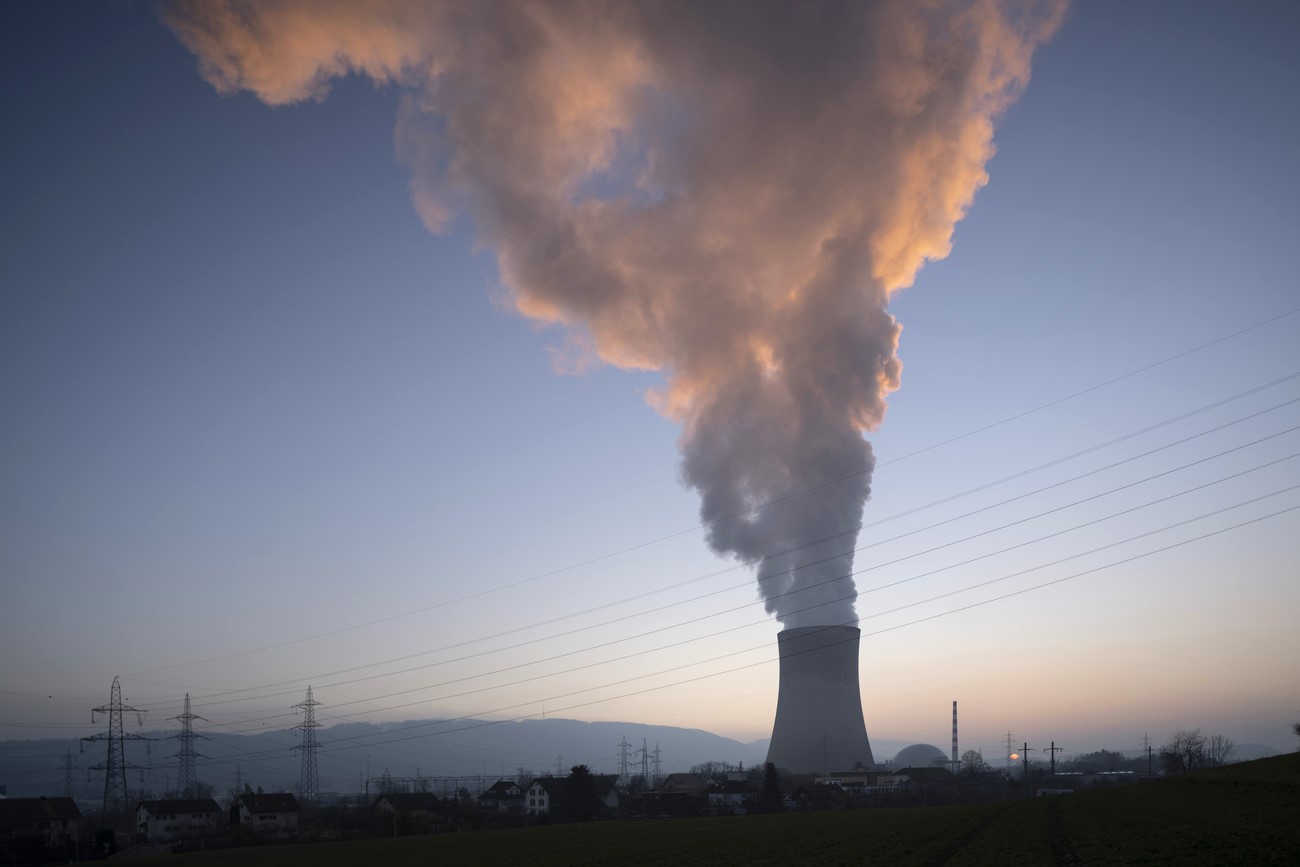



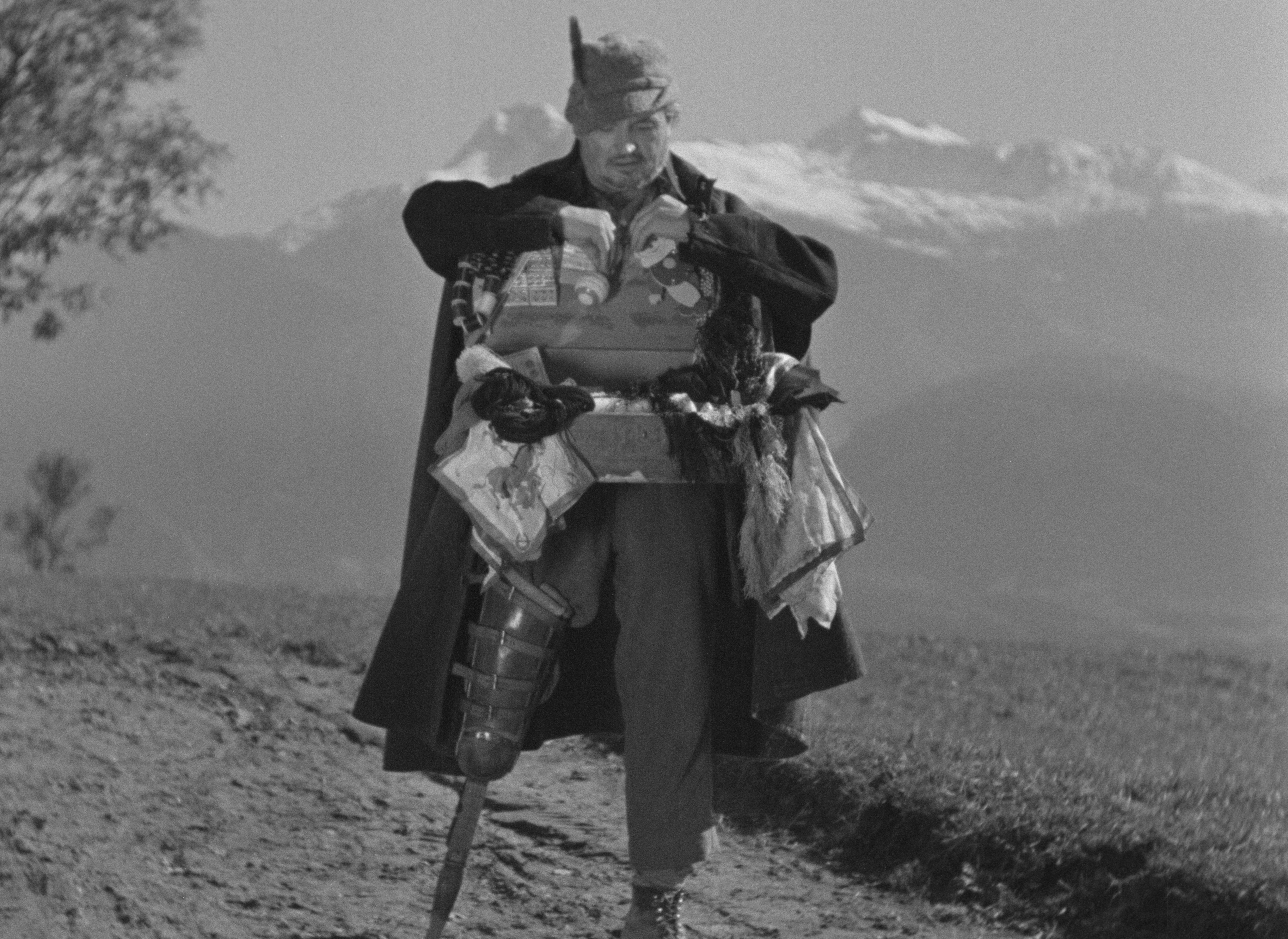
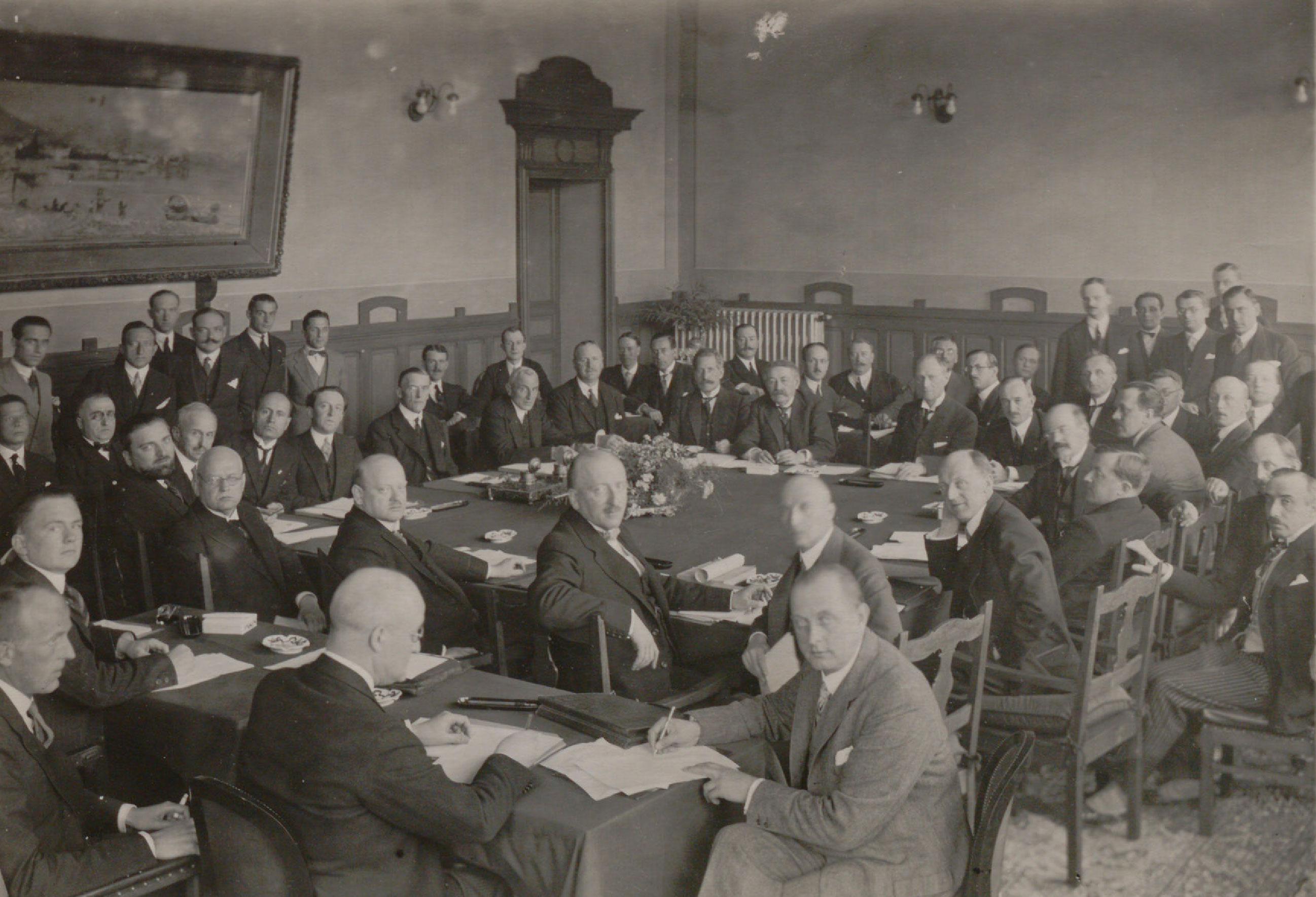




















You can find an overview of ongoing debates with our journalists here . Please join us!
If you want to start a conversation about a topic raised in this article or want to report factual errors, email us at english@swissinfo.ch.